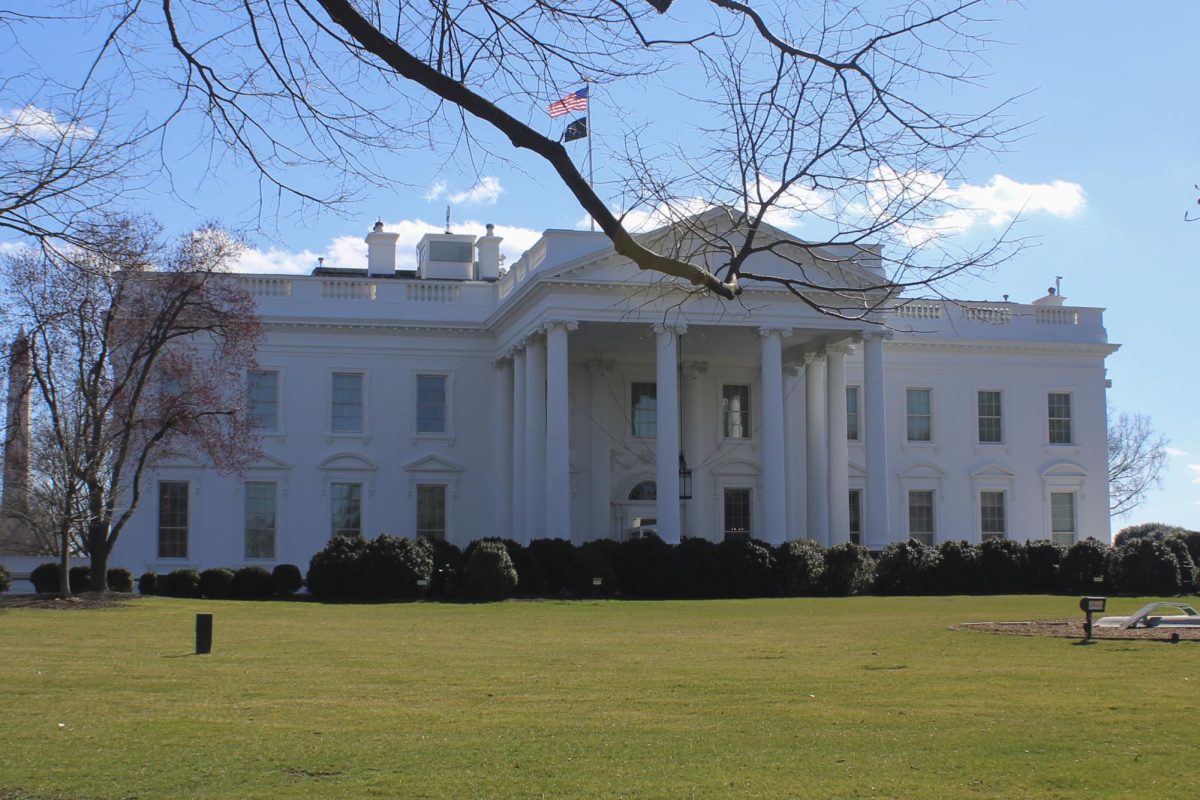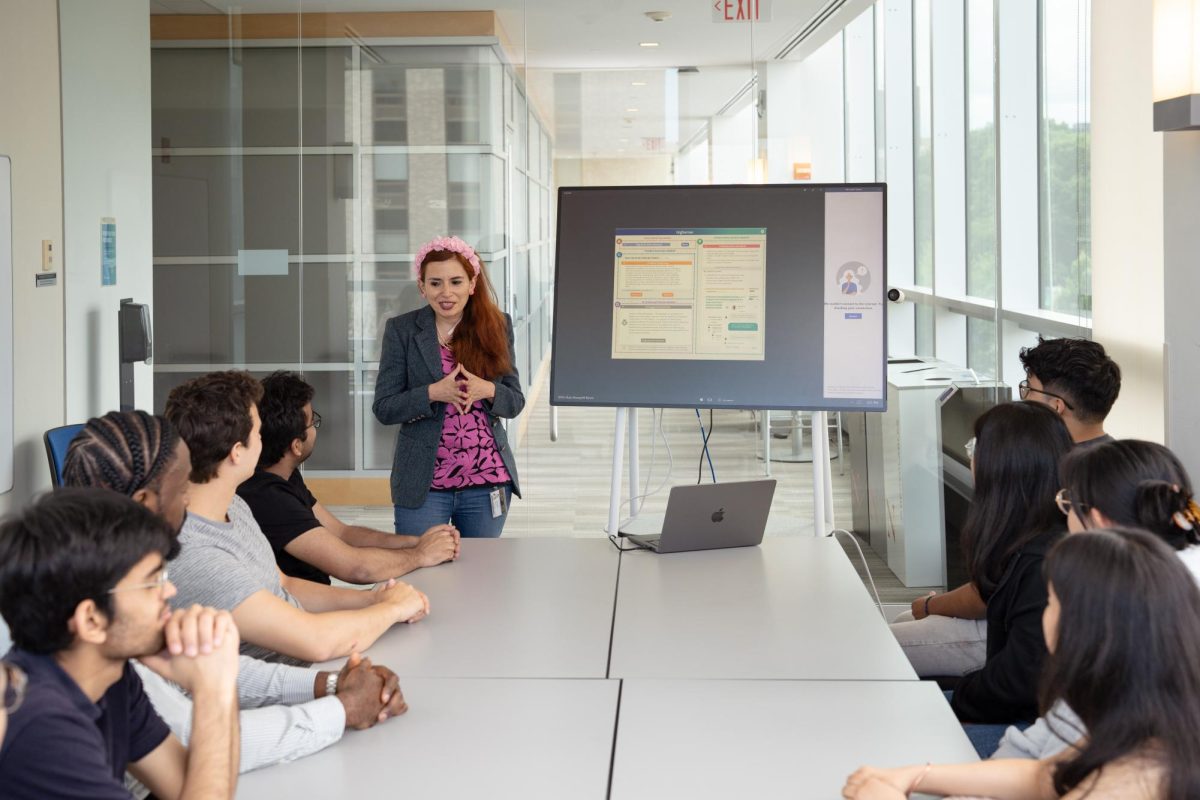By Kenny Sokan, News Correspondent
In December, Northeastern assembled a committee of students, faculty, staff and representatives from local organizations to explore the prospect of a smoke-free campus policy. While buildings on campus are already smoke and tobacco-free, university officials are considering extending this policy to outdoor areas on campus.
As of January, more than 1,000 colleges and universities in the United States have adopted 100 percent smoke-free campus policies, according to Americans for Nonsmokers Rights, an educational nonprofit organization based in Berkeley, Calif.
One school with a mostly smoke-free campus is Sacred Heart University (SHU) in Fairfield, Conn.
On Jan. 1 of last year, SHU’s smoke-free policy took effect. The policy was first suggested by the university’s president, Dr. John Petillo. Shortly after the proposal, an initiative committee was formed to begin the process that led to the establishment of the policy.
The idea was presented to the student body early to give students as well as faculty sufficient time to adjust to the changes to come.
“Student smokers reacted as you would expect. They were ticked off,” Mia James, SHU’s student body president, said. “But not many students smoke all too regularly at Sacred Heart for it cause uproar.”
Initially, the SHU committee wanted to rid the campus of smoking completely. At the suggestion of the student government, the school allowed for designated smoking areas instead. Smoking, however, is banned on or in any owned, leased or controlled buildings and facilities, sideways, walkways and parking lots, according to the SHU policy.
The initiative was implemented slowly, beginning last year with an introduction to the entering class of 2012 at freshman orientation and transition semesters to test how it would go over with students. Officials also needed to see how the policy would be monitored, and what repercussions students and faculty would face for violations, James said.
“Because of how it was slowly implemented, the policy has been pretty well received,” Denise Tiberio, the associate dean of students at Sacred Heart, said.
In addition to a smoking ban on any university-owned or leased property and facilities, the SHU faculty is prohibited from smoking in any university-owned vehicle or equipment owned by the university. Littering of smoking-related products, tampering with or moving receptacles in designated smoking areas and the sale, distribution, sampling or advertising of all tobacco products is prohibited on campus, too, according to the school’s policy.
As for penalties for violating the policy, nothing has been established beyond a warning system. Students and faculty found not complying with the policy receive a reminder of policy’s rules and regulations and are given warnings.
Moving forward, any camps, conferences and vendors on Sacred Heart’s campus will also be informed of the policy.
To help make the transition into a smoke-free campus easier for students, staff and faculty smokers alike, the SHU committee coordinated with the human resources department at the school to arrange free smoking cessation and education programs.
The “smokestoppers” program, which has helped more than 6,500 students across Connecticut stop using tobacco products, launched at the university Oct. 17 of last year, according to the SHU website. For faculty and staff, a cessation program called “I Can Quit,” which provides telephone and online counseling, is available 24/7, according to a school website that details the university’s smoking policies.
“We only wish to promote a healthy environment for our students, staff and the people in our community,” Tiberio said.
Northeastern, at an open forum about the smoke-free initiative last week, announced its own cessation program, “Ready to Quit!”
Like Tiberio, Terry Fulmer, leader of the Northeastern smoke-free initiative and dean of Bouvé College of Health Sciences, said the university seeks to protect the health of members of the campus community.
“Northeastern is committed to the health and well-being of its student body, faculty and staff,” she said. “We’re really focused on how to help people avoid the health risks that come with smoking.”
With substantial media coverage on public health, Fulmer said, there is conversation on campus on a regular basis about smoking. According to the Centers for Disease Control and Prevention, tobacco use causes 5 million deaths worldwide annually. In the United States alone, smoking and second-hand smoke is responsible for one in five deaths annually – about 433,000 deaths per year.
John Auerbach, co-chair of the committee with Fulmer, is director of the Northeastern Institute on Urban Health Research and Professor of Practice in Bouvé’s Department of Health Sciences. He said the committee has already received 200 comments relating to the policy.
“We have also sent out e-mails to campuses nation-wide,” Fulmer said.
The committee reached out to 1,100 campuses that have already implemented some form of a smoke-free policy to learn from their experiences.
The committee plans to reconvene next week to distill what information it has gathered so far from the open forum last week.
Over the next several months, the initiative committee will continue to seek input from members of the university community through a series of surveys, meetings and forum, as well as study other schools, to guide it in making the final recommendations it will submit in the spring of 2014.








